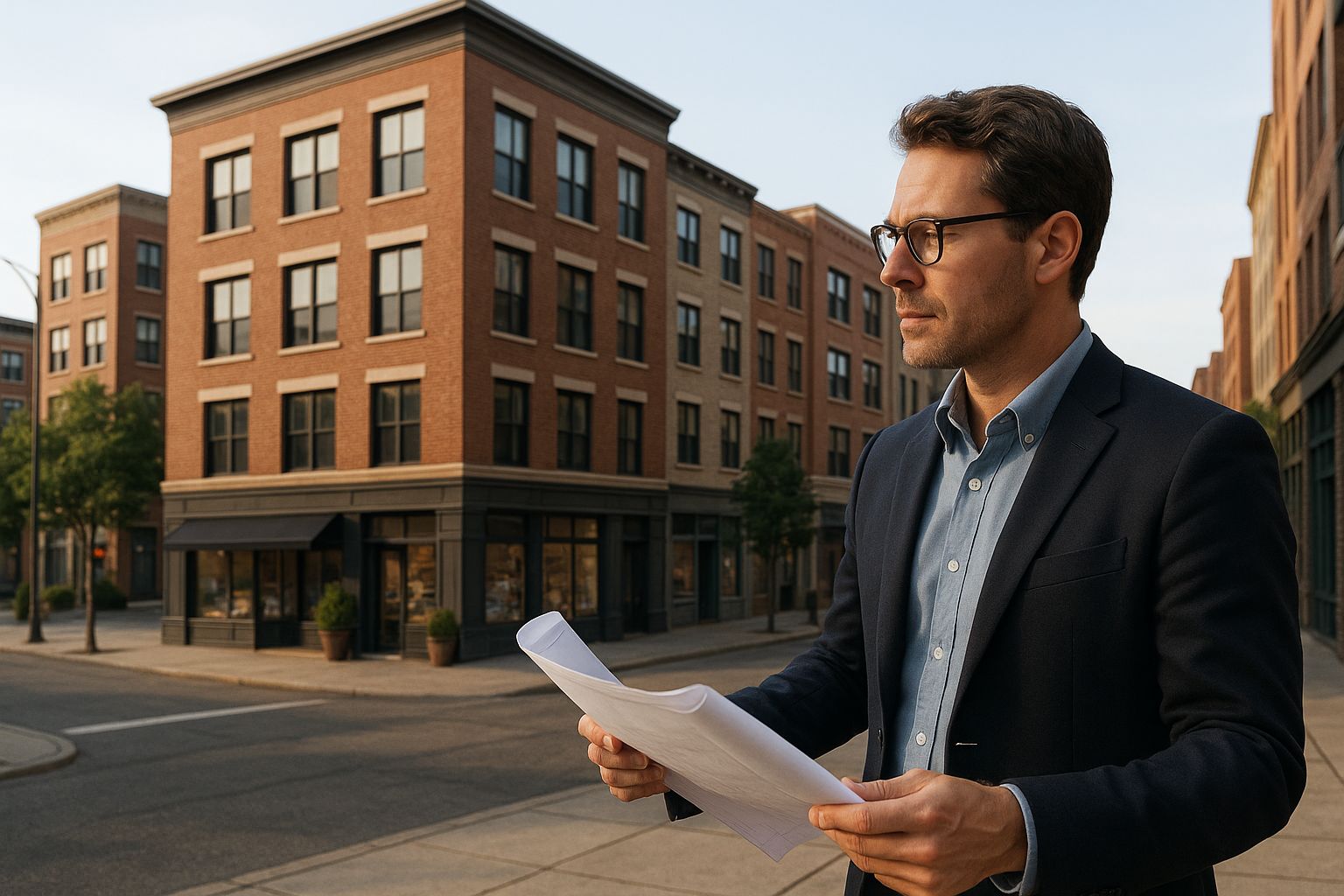Unveiling the Potential of Mixed-Use Properties in the Real Estate Market
Introduction: Mixed-use properties—where residential, commercial, and sometimes industrial spaces co-exist—have started to redefine urban landscapes. But what are the nuances of investing in such properties? Let's delve into this emerging trend, its implications, and potential rewards for the savvy investor.

Mixed-Use Properties: A Brief Overview
Mixed-use properties combine different types of real estate—such as residential, commercial, and sometimes even industrial—into a single project. These properties have been a part of urban layouts for centuries, with shopkeepers living above their stores or artisans working from their homes. However, it wasn’t until the late 20th century that mixed-use properties became a strategic investment opportunity.
The Resurgence of Mixed-Use Properties
Despite their historic prevalence, mixed-use properties fell out of favor during the mid-20th century due to zoning laws that separated commercial and residential districts. However, in recent years, there has been a resurgence in mixed-use properties. This shift is driven by urban population growth, a desire for walkable neighborhoods, and a growing appetite for live-work-play environments.
The Financial Attractiveness of Mixed-Use Properties
From an investment standpoint, mixed-use properties provide several financial benefits. These can include diverse income streams, lower risk due to tenant diversity, and higher property values due to increased demand. For instance, a property with a ground-floor retail space and upper-floor apartments can earn revenue from both commercial and residential rents.
Challenges in Investing in Mixed-Use Properties
Investing in mixed-use properties does come with its unique challenges. These can include complex financing processes, more rigorous property management, and zoning restrictions. Additionally, balancing the needs of residential and commercial tenants can also prove tricky. However, with careful planning and due diligence, these challenges can be managed effectively.
The Transformative Impact of Mixed-Use Properties
Mixed-use properties can transform neighborhoods, stimulate local economies, and foster community growth. They can provide convenient access to amenities, reduce commuting times, and improve the quality of life for residents. For cities looking to revitalize their urban core, mixed-use properties offer an innovative and sustainable solution.
In conclusion, mixed-use properties present a compelling investment opportunity in the real estate market. Despite their challenges, the potential rewards—financial gains, community development, and urban revitalization—make them a worthy consideration for forward-thinking investors.




